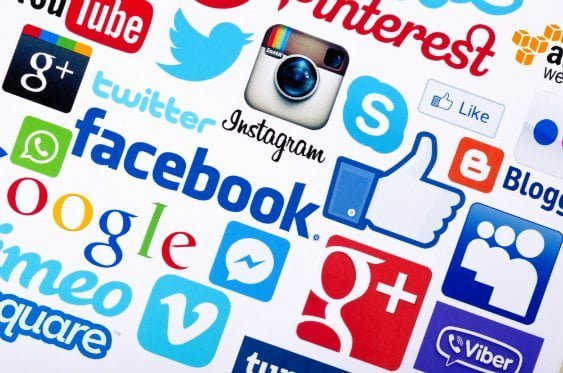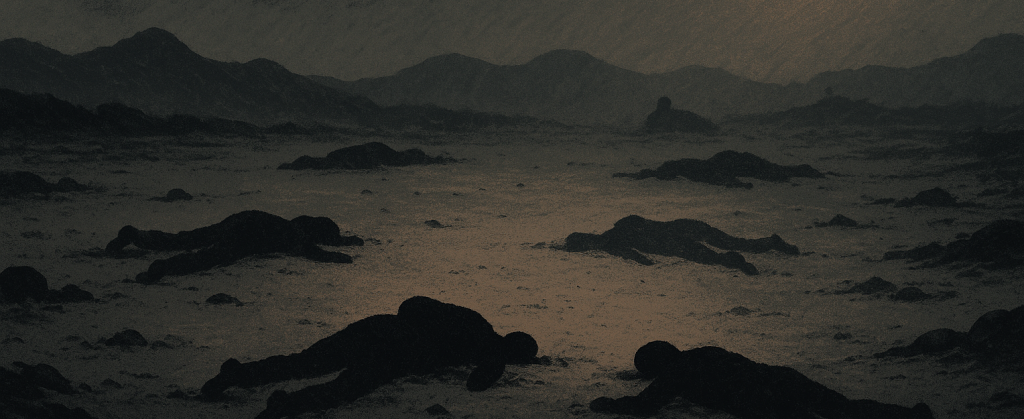Like every morning, I woke up with half an eye open and a hand crawling under the blanket looking for the phone. Time check, news check, Twitter check, and scroll down to unread texts. Before I could realize I was reading a random article on how human bodies are taller in the morning than in evenings.
The Whatsapp news of the day was a Balochi film actor’s emotional video message circulating in different chat groups. Apparently, the seven-minute, eternally long video was in reaction to a leaked video of a girl begging her boyfriend not to ditch her. The actor’s video had attracted 50K views and numerous shares on Facebook and served as a promotional ad to the leaked video. Although the actor’s message was not to share the girl’s video but whoever watched it developed an urge to hunt down the leaked video to know what was going on.
Everyone was talking about the crying girl now. Some making fun of or bullying her while some shaming the rascal guy for “breaking her heart”. The most interesting one was an audio clip of a Karachiite Baloch woman roasting the guy in typical Lyari accent and a bunch of ladies cheering in the background.
The episode faded away in the next couple of days but the virtual scenario remained stuck in my mind. What is this, I thought to myself. Where is the ‘nation’ headed with the social media?
Back in the 2009 winter, I searched #Balochistan on Twitter out of curiosity and found only eight outdated tweets. All in Urdu. Three were mobile company ads, one weather update in Quetta and the rest four were SMS spams.
As time went by, Facebook searches turned up more and more Baloch accounts from different parts of the world. It was nice friending Baloch from anywhere and everywhere. Your connection with the Baloch social media gave you a sense of touch with your fellow people.
Then in the fall, 2011, when I returned to the social media after a short break, everybody had a Facebook account. From patriots to poets to peons, all you saw was colorful Iranian-made Talaash motorbikes in display pictures. Then came the selfies. Then came selfies with patriots, poets and peons. It didn’t take long when the three categories took turns taking selfies with one another.
After all it was easy. All you had to do was dress nicely once a week, snap a bunch of pictures and upload a minimum of 36 a day. All your friends had the moral obligation to Like and comment on your albums. Life was full of Likes and Baaz Wash (very nice).
This all changed in the spring, 2012, with supporters of waring political factions stormed the social media to tear each other apart. There was one thing common among them: audacity to fake audacity. Ordinary social media addicts had now new worries: a shit-storm of fake accounts that whined about everything. This created a bad taste in mouth and a plague of distrust spread all over the social media. There was no one you could trust on the first chat like good old days. You had to be careful now.
Gradually came the need to change. Many migrated to Twitter as following there wasn’t such a mess. Twitter was a different story. It was clean, boring, difficult and most importantly (unlike today) nobody tweeted in Urdu, thus limiting the scope of audience. All you did was to read what others had to say and retweet what you thought others were saying.
By now everyone knew there was this thing called social media and that how powerful and dangerous it was depending on the user’s intentions. This brought new habits to gatherings in real life. There was always one overly excited guy who would upload every picture of the group. And there was always one nervous guy who would lean towards his friend and whisper: “ask him not to share my pictures, I am planning a trip back home next month”.
Meanwhile, in a parallel universe, political gang members were competing on whose mentor gets the most profile pictures. There were three most popular ones: a bearded guy posing as if he is about to say something, a mustached guy sitting on a carpet smoking Capstan and a goggled guy pretending to be busy posing for a Facebook picture.
One London-based user went as far as setting up five accounts with his mentor’s picture on display but had to shut down all of them after an auto-retweet malfunction. What happened was one of the accounts somehow got connected with an adult site and would retweet all their tweets. The ‘nation’ was exposed to extreme vulgarity for a brief period of time. And ironically, the profile pictures promoting vulgarity were the most common ones. But you couldn’t blame the mentor because, after all, the one-eyed man is the king in the city of the blind.
The author tweets @MuridBaloc



